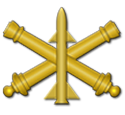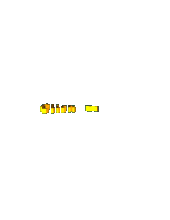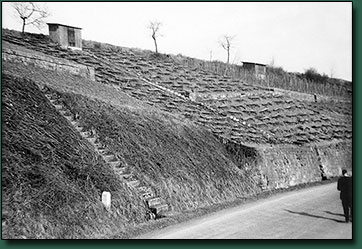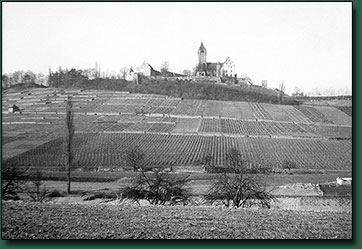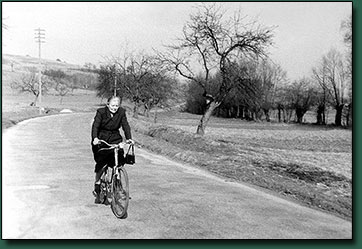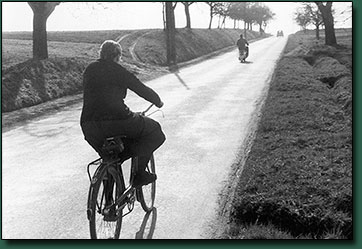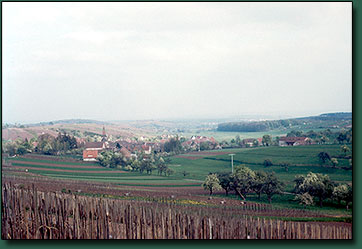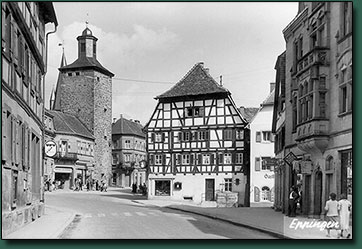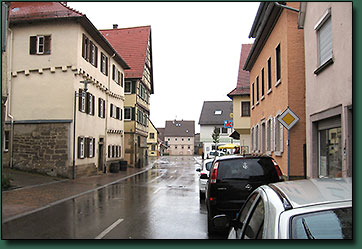

Charlie Battery - Kleingartach
Scenes of Our Local Neighborhood - 1959 - 1969
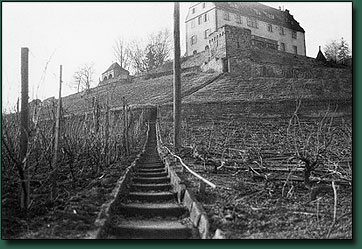 A Thousand Years Of Toil and Effort
A Thousand Years Of Toil and Effort
The grandma on the bike: Isn't that great!... Today biking is again modern - at that time important for moving ... Hey carriage - great, already almost forgotten.
by Uli Pfingstler Brackenheim/Lauffen
Here you see three of the four modes of transportation. The bicycle, the motorbike, and the auto.
The fourth Mode is one you can't see, and that is of the photographer, who is on foot and walking.
One sees so much more when walking.
This is a nice view of The Zabergäu from a lower elevation. Behind the forest of trees in the center right is Brackenheim, Lauffen, and Heilbronn.
If you unfamiliar with The Zabergäu please “Click Here” for a detailed and historical discussion written by Uli Pfingstler von Lauffen am Neckar.
Another way in and out of Stockheim on the road to Kleingartach, which is on the other side of the Heuchelberg, in Leintal, or Lein Valley. You can “Click Here” for an overview map of the area.
Of the villages in the Leintal side of the Heuchelberg the “County Seat” is Eppingen, on the Stockheim side the “County Seat” is Brackenheim.
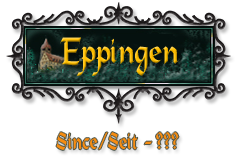
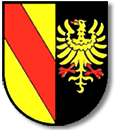 This Eppingen image came to me as a photo, but it looks like it is actually from a postcard, and if it is I do not know who to give credit to. However, I thought it had such historical significance, I decided to include it on the website.
This Eppingen image came to me as a photo, but it looks like it is actually from a postcard, and if it is I do not know who to give credit to. However, I thought it had such historical significance, I decided to include it on the website.
Eppingen is basically the county seat of the area on the Kleingartach/Niederhofen side of the Heuchelberg, including a lot of the Leintal. Just like Brackenheim is on the Stockheim side of the Heuchelberg.
We would love to have more period photos of Eppingen - Hint hint..!
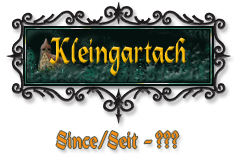
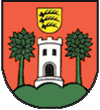 Walking through the village ahead of me are the two Watsons: Neil Watson and Howie Watson, again, not related.
Walking through the village ahead of me are the two Watsons: Neil Watson and Howie Watson, again, not related.
I am really pleased to have a photo of Kleingartach. I regret not taking more photos of this village. It gives a good illustration of passing through a small country German village, with classic architecture and cultural life.
In this street scene can be seen several businesses advertising their services. On the far left hand side of the photo, at ground level and the first doorway, you can see the sign “Freseur”. This person was a Hairdresser and/or a barber advertising their services.
The second sign is, again on the left, but up on the third level of the same building. This sign is advertising as a “Schneiderei”, or a Tailor, one who works with fabric and cloth.
And of course, a little farther down, on the right side of the straße is the wrought iron sign of the Gasthaus Sonne, which is illustrated in a detail photo just two photos below this one.
Our good friend Uwe Koch, who grew up in Kleingartach, tells me that as a child he received his first haircut at the “Freseur” sign, seen above the first doorway on the left. He also says that he likes this photo, because it really takes him back to his childhood.
Sadly, some of the buildings that are in the above photo do not appear in this contemporary image of the village. However the buildings on the left, in the foreground, are still there. The Gasthaus Sonne appears to have been renovated, and there are some relatively new ones as well.
At the end of the street the building where the road curves around to the right, and on the right side of the street with the green stripe about half way up looks very new. Using the magnification tool in Photoshop, I was able to discern some of the letters on that green stripe, and even though the tree blocks the beginning letter, I came up with the German word “Metzegerei, or Butcher shop”
In the German language “erei” is like adding the letter “y” at the end of a word. For example: the baker works in the bakery. In German it is der Bäcker works in die Bäckerei. Or, the tailor, der schneider, works in die Schneiderie.
